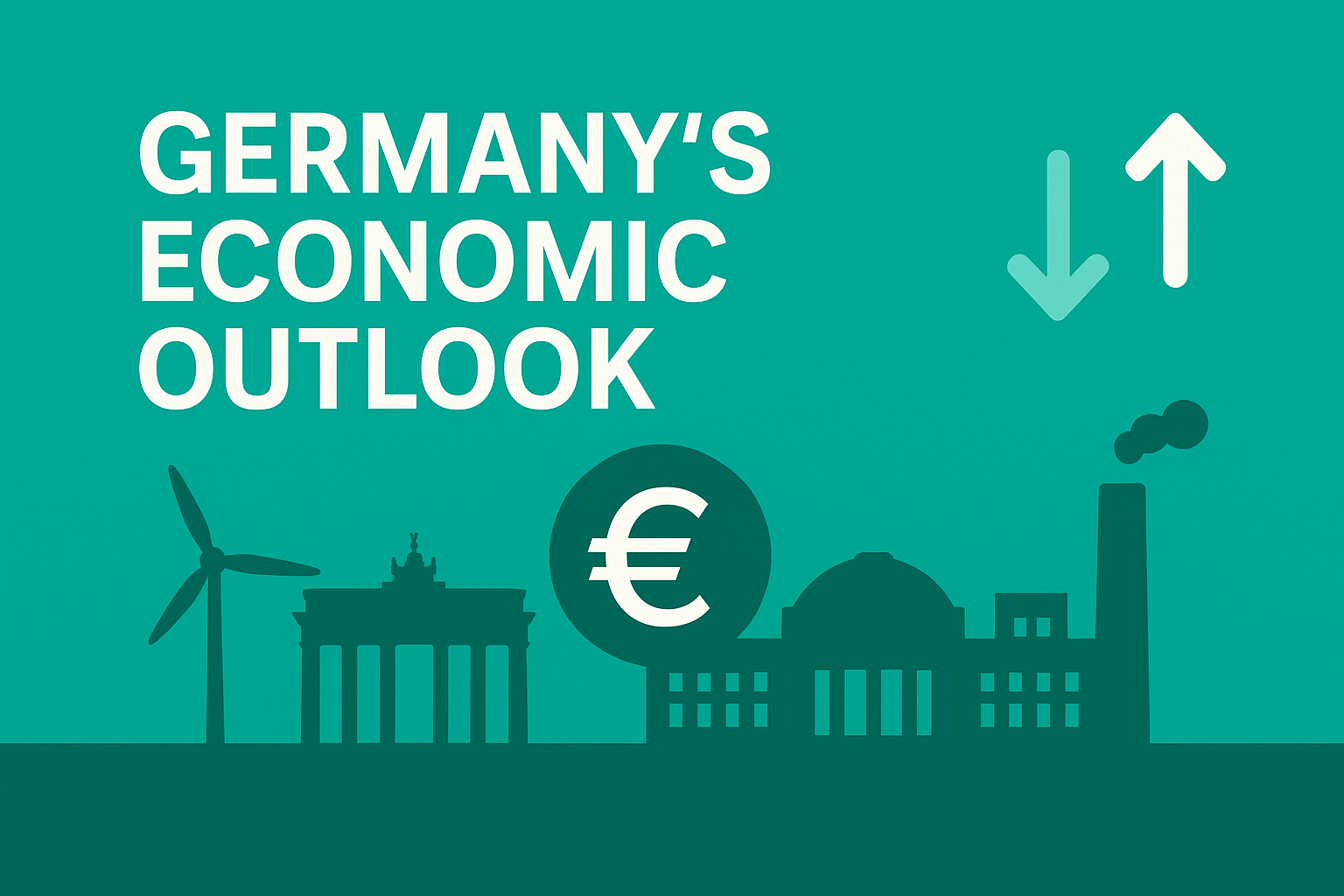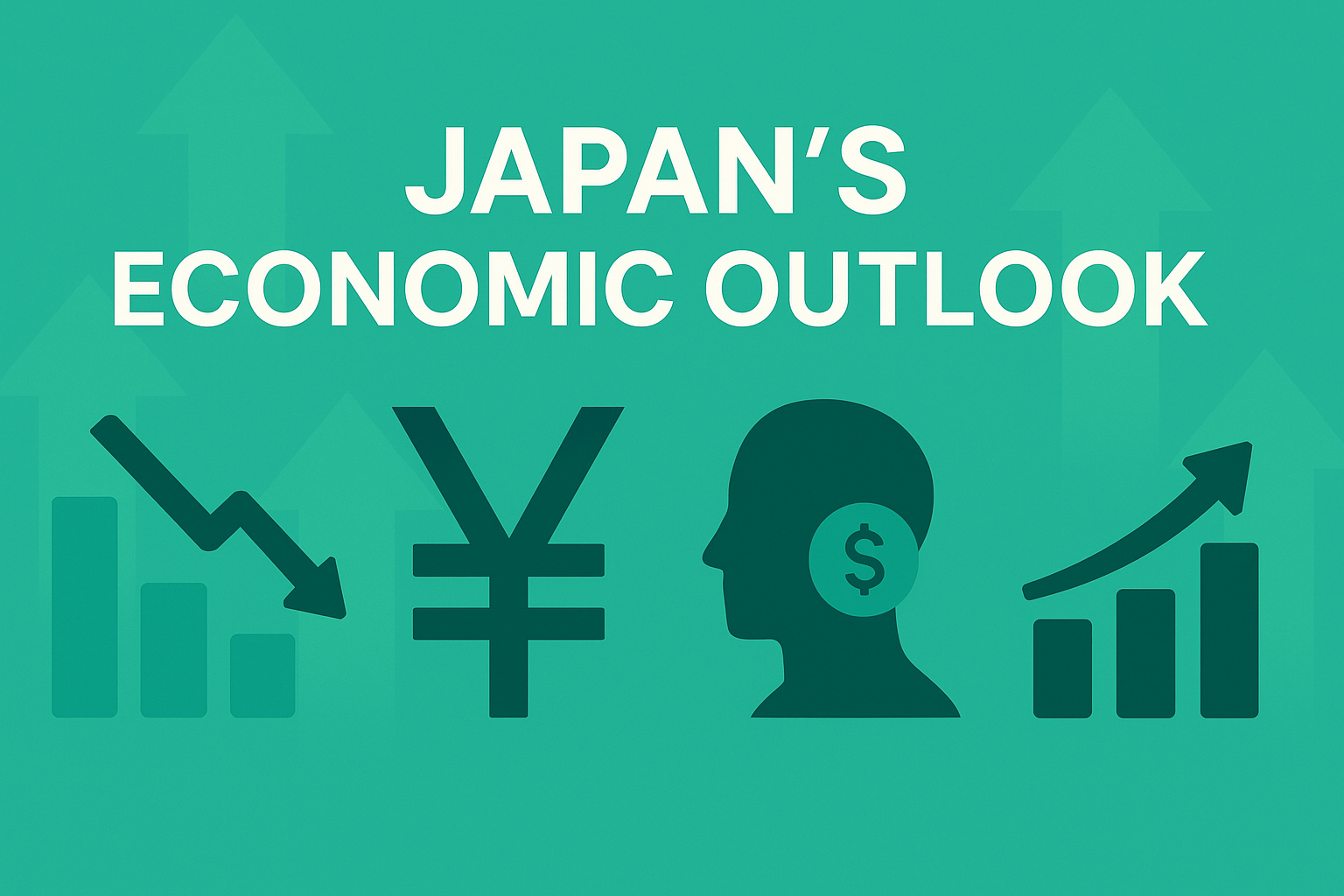Wrote by:Global Economist
Executive Summary
In the second half of 2025, Germany’s economy will remain under pressure from weak external demand, high energy costs, and slow structural reform, while a resilient labor market and fiscal spending provide some support. A technical recession may be avoided, but growth will remain well below potential, weakening Germany’s role as Europe’s main growth engine.
1. External Environment
- U.S. recession concerns: Slowing U.S. demand directly impacts German exports of automobiles and machinery, with the premium car segment particularly vulnerable to tariffs and demand shifts.
- China slowdown: Ongoing weakness in the Chinese economy, along with intensifying EV competition, limits export opportunities.
- Intra-EU demand: Other EU economies, such as France and Italy, are also slowing, reducing trade spillovers.
Assessment: External demand will continue to make a negative contribution.
2. Energy and Industrial Costs
- Post-Russia dependency: While reliance on Russian gas has eased, the transition to renewables has lagged, keeping industrial energy costs elevated.
- Electricity prices: Still higher than global peers, weighing heavily on energy-intensive industries such as chemicals and metals.
- Green transformation (GX): Investments in renewables and EU-backed subsidies are advancing, but supply chain bottlenecks limit near-term gains.
Assessment: Energy remains a structural burden, with only gradual improvement expected.
3. Domestic Demand and Consumption
- Wages: Union negotiations are delivering wage growth of around 2–3% year-on-year.
- Inflation: Stabilizing energy prices and prior ECB tightening bring HICP inflation down to the low 2% range.
- Real incomes: Rising wages and lower inflation improve purchasing power, supporting moderate consumption growth.
Assessment: Household consumption is a modest positive driver, though insufficient to offset weak exports.
4. Investment Trends
- Corporate investment: Uncertainty over global demand keeps firms cautious, though targeted investments in EVs, semiconductors, and renewables remain firm.
- Public investment: Infrastructure renewal and energy transition projects are expanding, but the constitutional debt brake constrains overall fiscal room.
Assessment: Concentrated in strategic sectors, but overall investment momentum remains soft.
5. Monetary Policy and Exchange Rate
- ECB stance: By late 2025, the ECB’s rate-cutting cycle will be underway, providing a more accommodative backdrop for Germany.
- Euro exchange rate: The euro is likely to strengthen modestly against the U.S. dollar as U.S. rates fall, but this will not significantly boost export competitiveness.
6. Growth Outlook
- Real GDP growth (2025 full year): around +0.3–0.5%.
- Second half (Q3–Q4): quarterly growth at an annualized 0–0.5%, reflecting stagnation.
7. Risk Scenarios
- Deeper U.S. recession → sharp decline in exports of cars and machinery → negative growth.
- Energy price shock (Middle East, Russia) → renewed inflation → weaker household income.
- Tighter fiscal constraints → reduced public investment → further drag on growth.
Conclusion
Germany’s economy in late 2025 will be shaped by the combination of external stagnation, high energy costs, and only modest domestic resilience. Growth will remain positive but subdued, far below potential, reducing Germany’s role as the engine of Europe’s expansion. To restore sustainable growth, Germany must accelerate the energy transition, upgrade industrial structures, and seek greater fiscal flexibility within EU rules.


